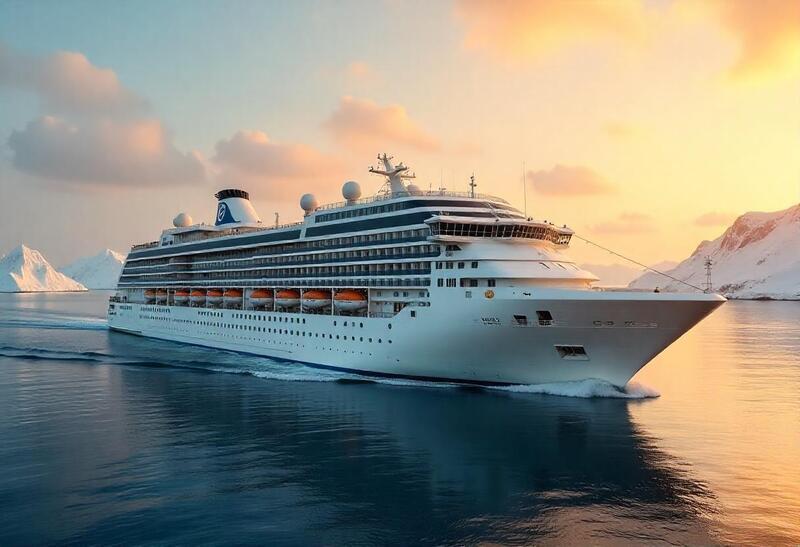How a super tiny crustacean makes life work in the Southern Ocean
ByTristram Korten
Photographs byLuján Agusti
Reporting in this article is presented by the National Geographic Society in partnership with Rolex under the National Geographic and Rolex Perpetual Planet Ocean Expeditions.
One night last December, National Geographic Explorer Kim Bernard was stirring her Earl Grey tea in the galley of a research ship off the coast of Antarctica, preparing for a long night of observing a remotely operated vehicle as it surveyed the seafloor. When the marine ecologist looked up to a monitor showing a live video feed sent by the ROV from a depth of more than 3,000 feet in the Southern Ocean’s murky waters, something caught her attention. “I see this tiny little thing come in on the right-hand side of the screen and dart out,” she said.
To the other scientists aboard, it probably looked like organic debris wafting down. But Bernard, 46, has been studying krill for 15 years and knows how the shrimplike crustaceans twirl in the water column and bolt backward when startled. That familiar movement sent her running down two flights of stairs to the ship’s control room.

Collected specimens from the seafloor.
When she arrived, she saw the action on the seafloor being broadcast on a large bank of monitors, and she spotted a handful of individual krill spread out on a hydrothermal vent, a fissure in the ocean crust where hot magma and seawater meet and create a mineral-rich environment that attracts a host of organisms. For Bernard, a professor of biological oceanography at Oregon State University, finding krill here represented a momentous discovery. “I kind of lost my mind,” she recalled. It was the first time the animal had been observed on a vent.
(Why penguin poop makes krill swim for their lives.)
Antarctic krill are a keystone species that allows everything else in the Southern Ocean to flourish. If Bernard could learn more about their habitat on the seafloor, her research could inform our understanding of virtually every predator on this hard-to-reach continent, from emperor penguins to blue whales. Any new behavior from such a foundational animal has the potential to affect the entire food chain above it.
That night in the control room, aboard the research vessel from Schmidt Ocean Institute, Bernard soon realized all the krill were females carrying eggs. The species usually releases eggs higher in the water column. What makes it worth the risk to travel so far at that stage in reproduction? Were they feeding on the bacteria covering the vent? She asked the operator to use the ROV’s special suction arm and gather a few of the crustaceans. This was also a first. Bernard isn’t aware of any researchers who have collected specimens at that depth. She has since sent stomach and tissue samples out for analysis.
(Scientists discover creatures living beneath the bottom of the deep sea.)

Aboard the expedition vessel Bernard had access to tools like video cameras and a remotely operated vehicle to observe krill in the Southern Ocean.
Bernard’s work on the expedition, which was supported by the National Geographic Society and Rolex Perpetual Planet Expeditions, is part of an ambitious project that’s sending nearly two dozen scientists to all five oceans. Their efforts will be the subject of a series of stories in National Geographic as they search for new insights—like, say, the presence of krill in underexplored places.
In Antarctica, the species is more than just a vital part of the food chain. Krill are also a carbon sink, eating phytoplankton that have absorbed CO2 and then excreting pellets to the seafloor, where it can take thousands of years for the absorbed carbon to resurface. However, there are new pressures on the species from both humans and climate change. Krill are increasingly harvested as aquaculture feed, and the animals’ oil is highly sought after as a dietary supplement.
Meanwhile, as sea ice continues to melt, larval krill are losing an important habitat where they can hide from predators, find food, and develop into adults. Bernard hopes her ongoing research and future insights from this discovery will protect this tiny animal that so much life relies on. “There’s a thriving mass of life down there,” she said, “and all of it depends on krill.”


The ROV was able to collect specimens from the seafloor that were later dried for analysis.
A version of this story appears in the July 2025 issue of National Geographic magazine.









